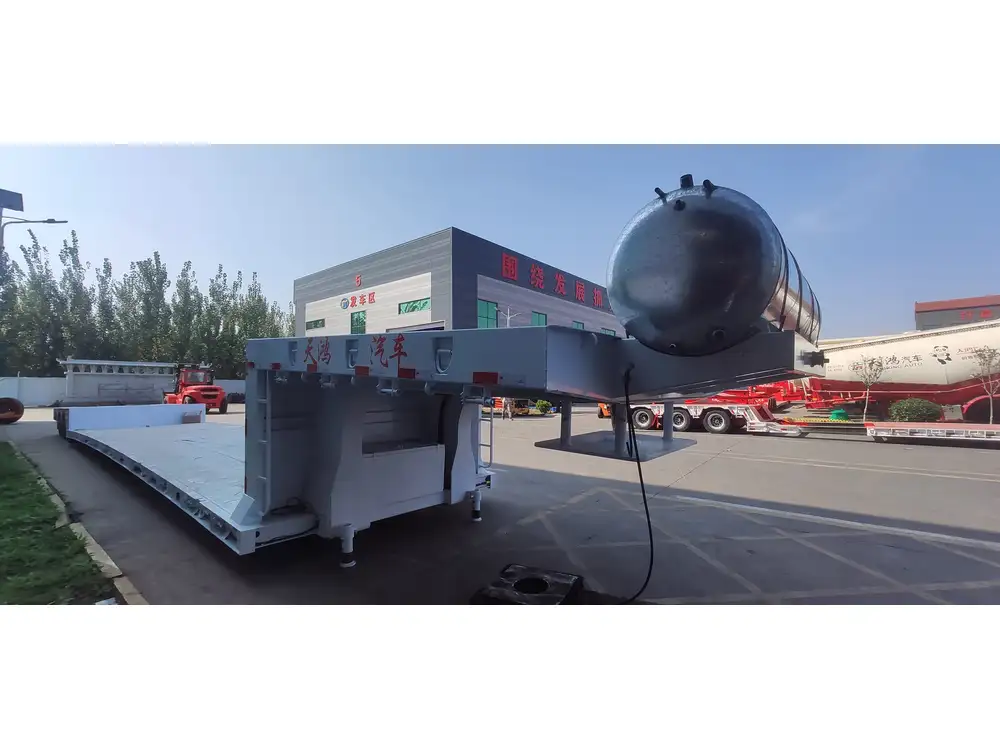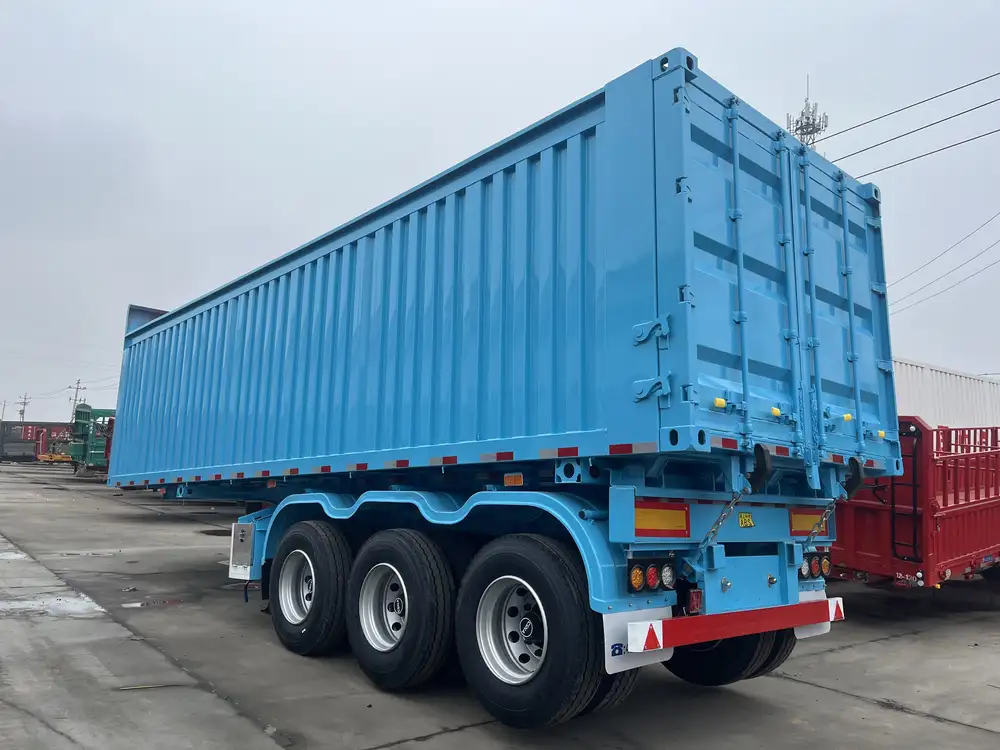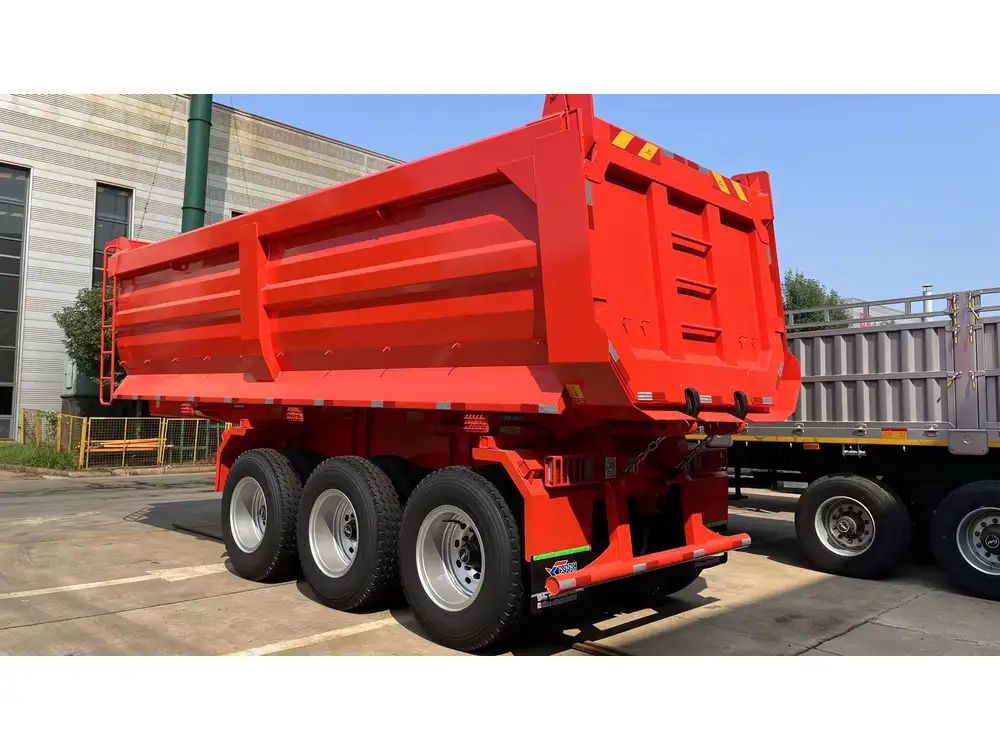Dealing with a leaky propane tank fitting on your trailer can be a daunting task. Propane leaks not only pose risks to personal safety but also can lead to considerable financial losses. In this extensive guide, we will explore the intricacies of identifying, diagnosing, and effectively fixing a leaky propane tank fitting. By the end, you’ll have all the information necessary to address this issue confidently.
Understanding Propane Tank Fittings
Propane tank fittings consist of various components including valves, regulators, hoses, and the connections that link these elements. Each part plays a significant role in ensuring a secure and safe propane flow. It is crucial to understand the function of these components to diagnose leaks effectively.
Common Components of Propane Tank Fittings
| Component | Function |
|---|---|
| Tank Valve | Controls the flow of propane from the tank. |
| Regulator | Reduces the pressure of propane to a manageable level for usage. |
| Hoses | Transport propane from the tank to the appliances. |
| Fittings/Connectors | Ensure a secure connection between hoses and valves. |

Identifying a Leak
Preliminary Signs of a Leak
- Smell: Propane has a distinct odor, often likened to rotten eggs.
- Sound: A hissing sound nearby the fittings can indicate a leak.
- Frost: Presence of frost on or around fittings can signal gas escape.
Using a Bubble Solution for Detection
One effective method for locating a propane leak is through the use of a bubble solution. This can be made by mixing dish soap with water.
Steps:
- Mix equal parts dish soap and water in a spray bottle.
- Spray the solution on the fittings, hoses, and connections.
- Observe for bubbles. If bubbles form, you have identified a leak.

Tools and Materials Needed for Repair
Before starting the repair process, gather the necessary tools and materials:
Essential Tools
- Wrench: Adjustable or socket wrench.
- Screwdrivers: Both flat-head and Phillips.
- Pipe Wrench: For stubborn fittings.
- Bubble Solution: As mentioned earlier.
- Safety Goggles: Important for eye protection.
Materials for Repair
- Teflon Tape: Used to seal threaded connections.
- Replacement Hoses or Fittings: If existing components are damaged.
- Sealant: Approved for use with propane.

Step-by-Step Guide to Fixing a Leaky Propane Tank Fitting
Step 1: Ensure Safety First
- Shut Off the Propane Supply: Locate the tank valve and turn it clockwise to close it.
- Ventilate the Area: Open doors and windows to allow fresh air to circulate.
Step 2: Examine the Fitting
- Inspect threaded connections for wear or damage.
- Evaluate the hoses for cracks or brittleness.
- Check for corrosion or signs of wear on the valve and regulator.

Step 3: Tightening Connections
- Use a Wrench: Securely tighten any loose connections. Avoid overtightening which may lead to further damage.
- Retest for leaks using the bubble solution.
Step 4: Replacing Damaged Components
If tightening does not solve the problem, component replacement may be necessary.
How to Replace a Hose:
- Disconnect the Hose: Loosen the fittings with a wrench and remove the old hose.
- Install the New Hose:
- Apply Teflon tape on the threads of the new hose.
- Securely connect the new hose, ensuring no cross-threading occurs.
- Test for Leaks: Always recheck with the bubble solution.

How to Replace a Regulator:
- Remove the Existing Regulator: Loosen the fittings using a wrench.
- Install New Regulator:
- Again, apply Teflon tape to the threads.
- Attach the new regulator securely.
- Final Leak Test: Spray the area with the bubble solution before use.
Maintenance Tips for Propane Fittings
Regular Inspection
- Check for Wear: Every few months, inspect hoses and fittings for signs of wear.
- Tighten Loose Fittings: Periodically ensure all connections are secure.

Seasonal Maintenance
- Winter Preparation: Before winter months, check for frost build-up and ensure proper insulation.
- Post-Winter Check: After the cold season, inspect for cracking or degradation of materials.
FAQs About Propane Tank Fittings
What Should I Do If I Can’t Identify the Leak?
If the source of the leak isn’t obvious, it might be beneficial to consult with a certified propane technician. They possess specialized tools for detecting leaks and could suggest system maintenance.

How Often Should I Check My Propane System?
It’s advisable to inspect your propane fittings and hoses at least once every season. Additionally, listen for hissing sounds and watch for subsidizing odors after extensive use, indicating possible leaks.
Is It Safe to Work on Propane Systems Alone?
If you are not well-versed with propane systems, it is recommended to seek professional help. The risks involved can be substantial, and professional technicians can ensure that repairs are carried out safely and correctly.
Conclusion
Addressing a leaky propane tank fitting is not just a matter of convenience; it is essential for safety and efficiency in your operations. By understanding the components of your propane system, identifying leaks, and executing repairs with precision, you can maintain a safe and effective setup. Always prioritize safety: if in doubt, consult with a propane professional to ensure that your system adheres to all safety guidelines. With the knowledge and procedures outlined in this guide, we hope you feel empowered to tackle any propane fitting leak that might arise in your trailer.



